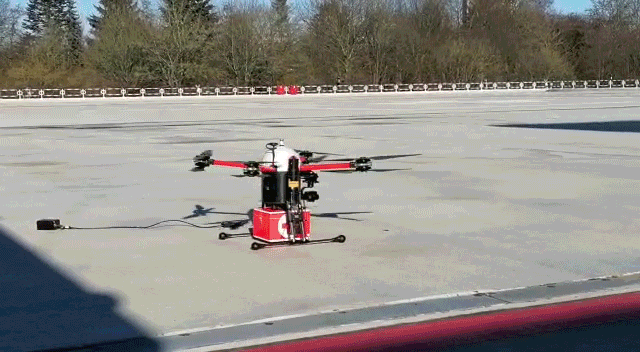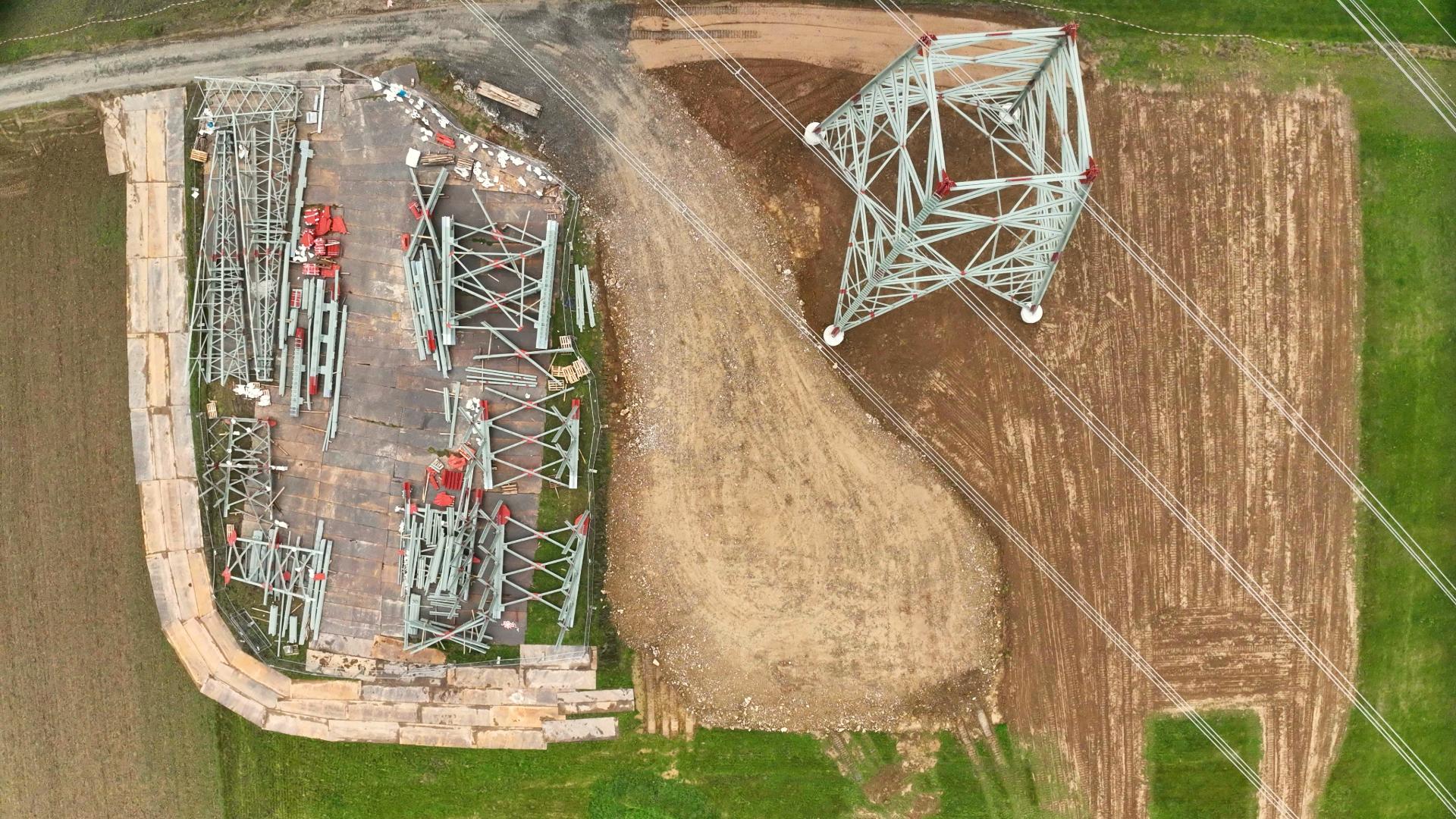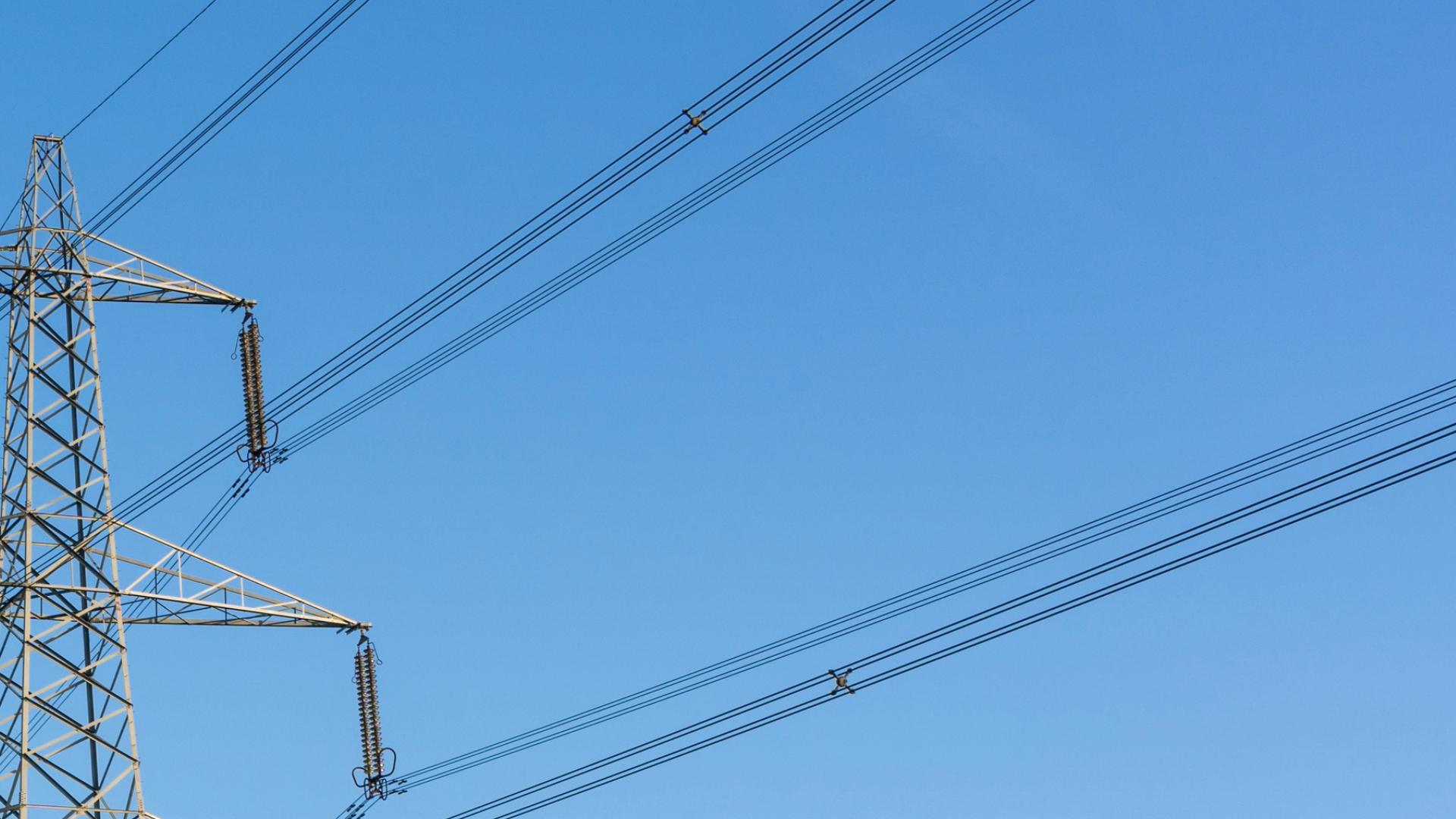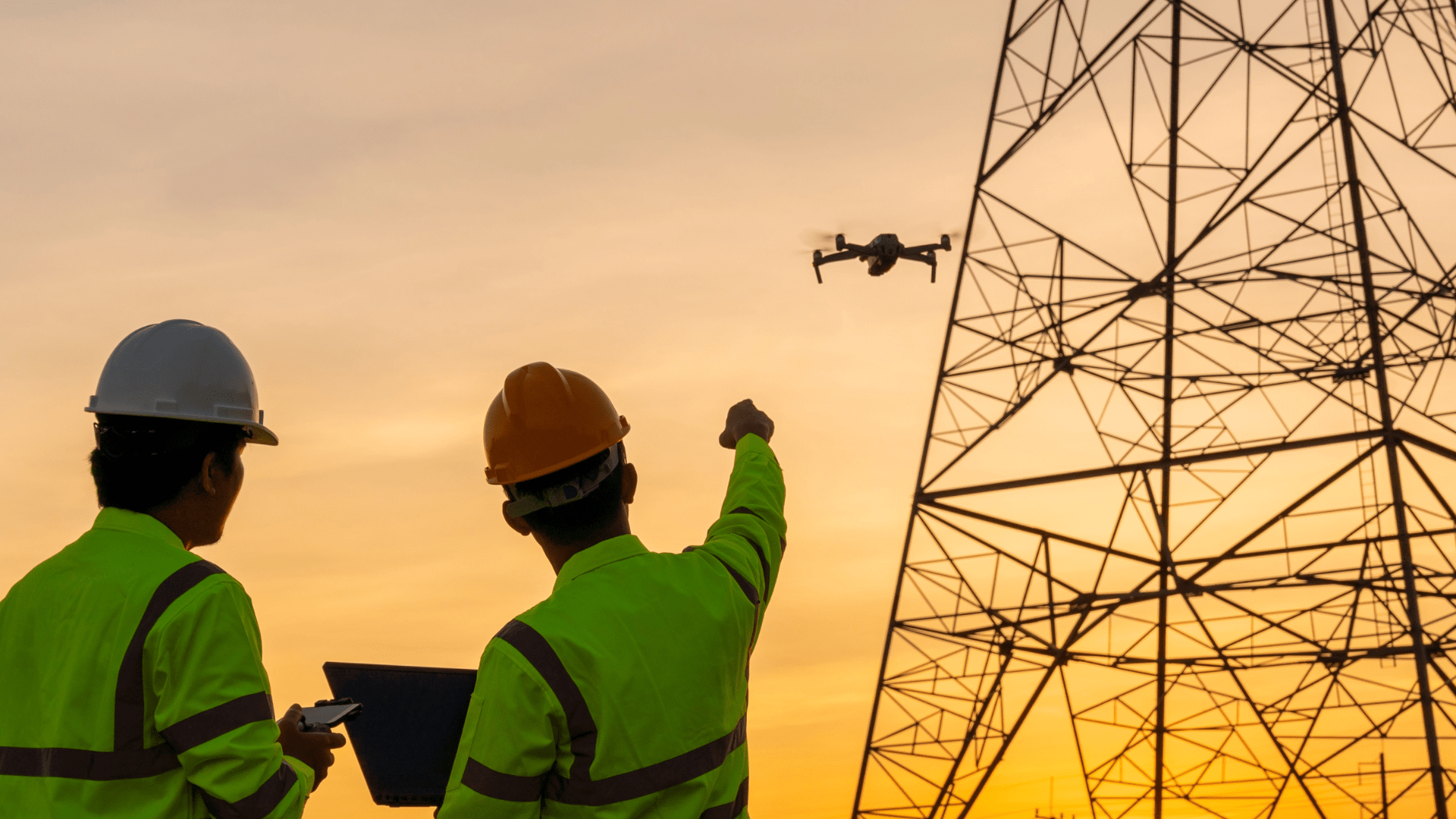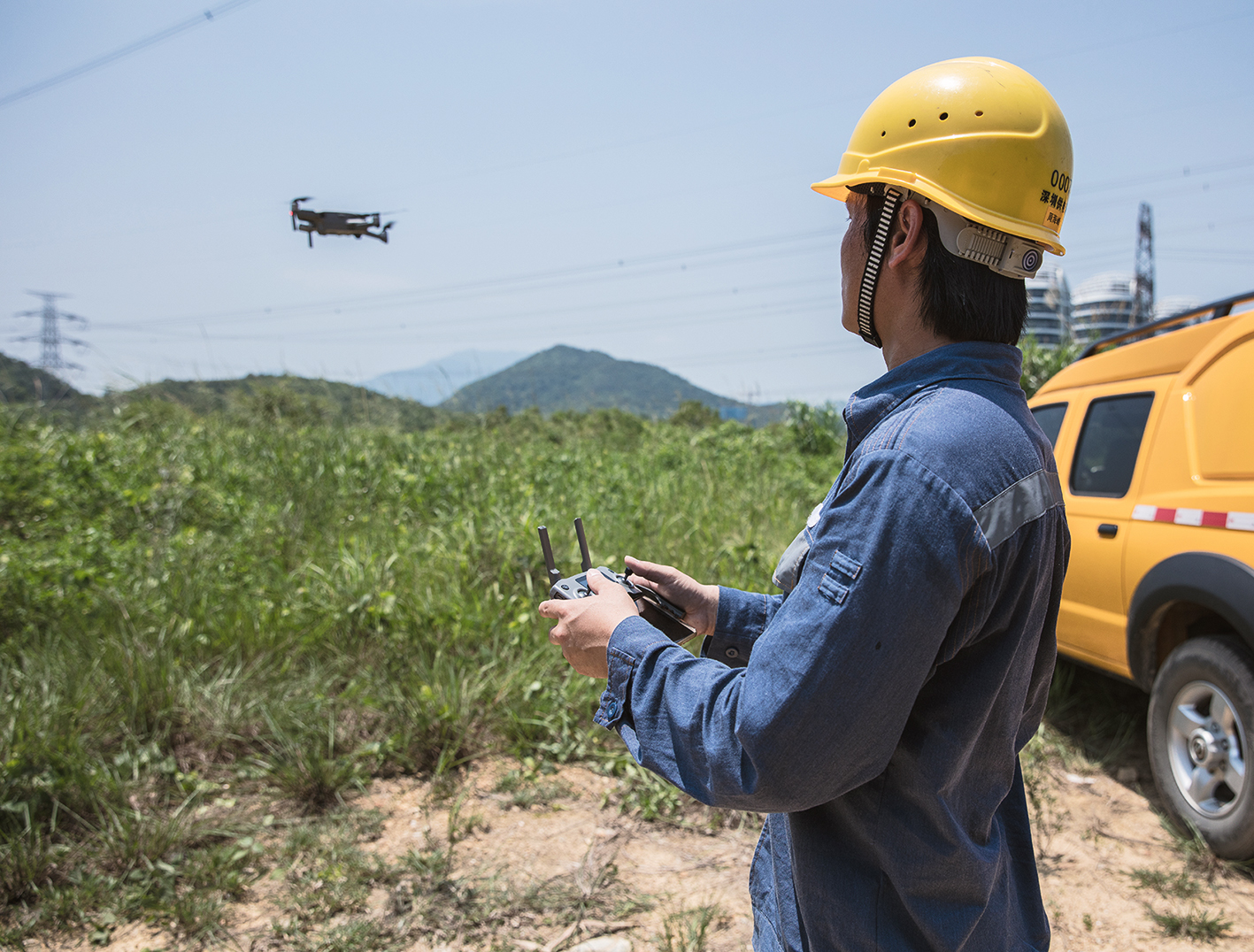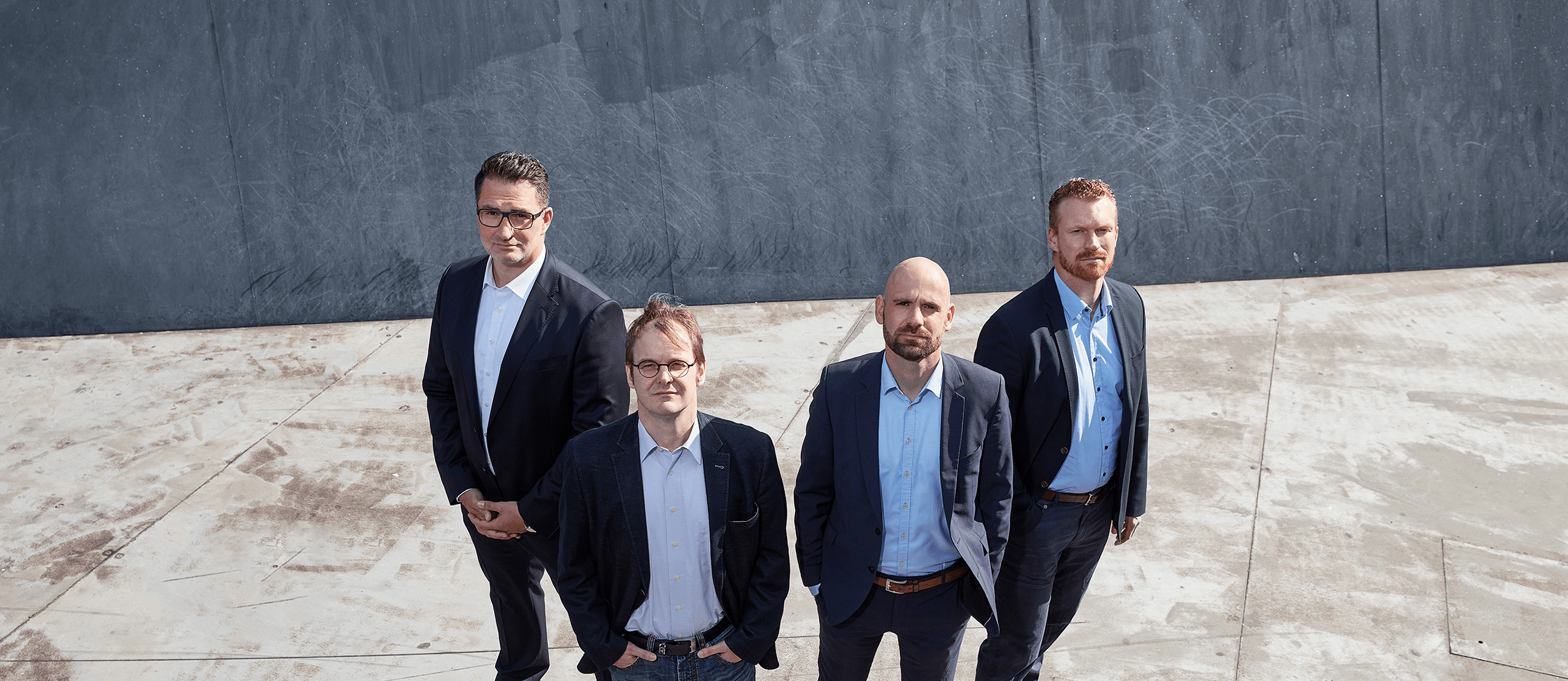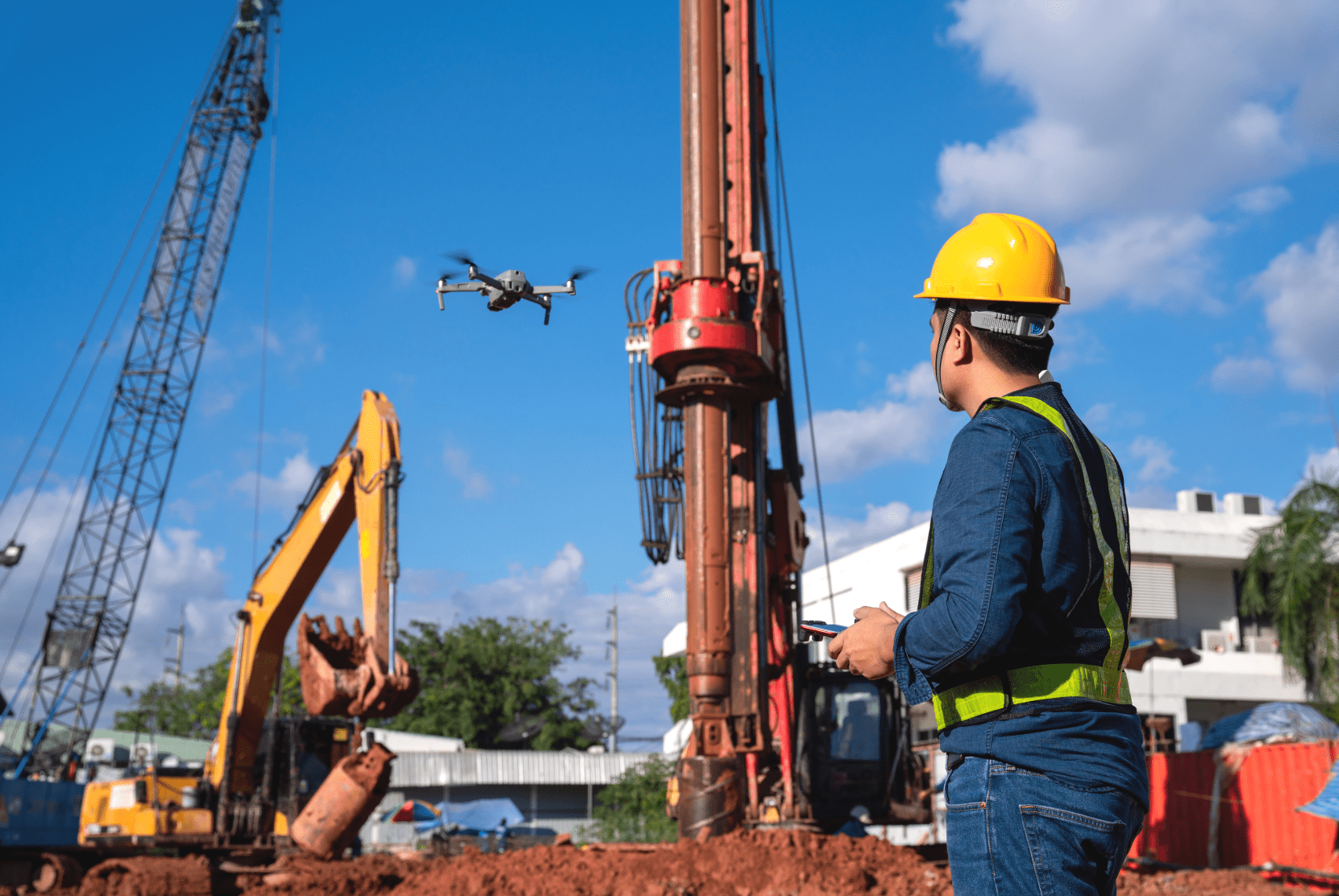Was passiert, wenn man es eilig hat und das Auto nimmt? Es ist Stau. Für Krankenwagen und medizinische Eil-Transporte ein echtes Problem. Daher haben sich die ZAL (Zentrum für Angewandte Luftfahrtforschung GmbH), die GLVI (Gesellschaft für Luftverkehrsinformatik mbH), die Lufthansa Technik AG und die FlyNex GmbH zusammengetan und das Projekt Medifly-Hamburg ins Leben gerufen.
Am gestrigen Mittwoch flog eine Drohne in Hamburg vom Bundeswehrkrankenhaus zur Pathologie des Marienkrankenhauses. In Zukunft soll dies zur Regel werden. Denn dem Projekt Medifly-Hamburg, gefördert vom Bundesministerium für Verkehr und digitale Infrastruktur, gelang eine erfolgreiche Durchführung eines Drohnentransportes.
Warum der Transport mit Drohne?
Gewebe, das während einer Operation geprüft werden muss, muss möglichst schnell in ein Pathologielabor transportiert werden. Aus den Ergebnissen des Labors kann der Chirurg ableiten, ob das erkrankte Gewebe vollständig entfernt werden konnte oder nicht. Während früher beinahe jedes Krankenhaus ein eigenes Labor besaß, gibt es heute nur noch wenige. Deshalb werden die Proben, oft noch während der OP, per Blaulichttransport durch die Stadt gefahren. Eine Verkürzung der Transportdauer würde die OP- und Narkosedauer der Patienten minimieren. Davon würden der Patient und auch der behandelnde Arzt profitieren.
Wie fliegt eine Drohne selbstständig und sicher durch eine Großstadt?
FlyNex war als Experte für Drohnenprojekte dafür verantwortlich, alle Risiken auszuräumen und einen sicheren Flug zu ermöglichen. Dafür stellte FlyNex sein digitales Kartenmaterial zur Verfügung, kümmerte sich um die Flugplanung und koordinierte die Genehmigungen mit der Luftfahrtbehörde.
„Medifly ist kein klassisches Luftfahrtthema“, sagt Christian Caballero, COO bei der FlyNex GmbH. „Die Masse an Einflussfaktoren für eine erfolgreiche Flugplanung ergibt sich aus der Bodenstruktur. Hierzu können wir mit unseren Lösungen auch in diesem Projekt die Weichen für automatisierte Flüge außerhalb der Sichtweite stellen und zeigen, wie medizinische Drohnen die Gesundheitsversorgung unterstützen können.“
Das Medifly-Hamburg-Projekt testete den Transport mit einer Drohne von Globe UAV und startete dafür am Bundeswehrkrankenhaus in Wandsbek. Die 10kg schwere Spezial-Drohne, die Globe UAV konstruiert hatte, flog mit der Gewebe-Attrappe auf 75 Metern Höhe, fünf Kilometer weit und das in zehn Minuten. Für den Test wurde mit 40 km/h geflogen, wobei 80 km/h im echten Einsatz kein Problem darstellen würden. Damit war die Drohne deutlich schneller als ein Krankenwagen. Der Blaulichttransport dauert auf gleicher Strecke im Schnitt 15 Minuten.
Für den Test-Flug haben 8 Streckenposten die Drohne im Auge behalten. Zusätzlich war eine Kamera an der Drohne zur Live-Schaltung für die Einsatzleiter befestigt.
Wie geht es weiter?
Die Testflüge am Mittwoch waren erfolgreich und vielversprechend. Damit konnte das Medifly-Team zeigen, dass die Drohnentechnologie bereits sichere und zuverlässige Transporte bewerkstelligen kann. Der Transport zwischen Krankenhäusern soll in Zukunft vollautomatisiert werden. Zudem soll die Drohne mit bis zu 100 Kilometern die Stunde fliegen und auch Medikamente und andere medizinische Güter transportieren. FlyNex baut hierzu seine Kartenräume und Flug-Software für medizinische und weitere Einsätze kontinuierlich aus.
Bildrechte:
Sanitäter mit Drohne: Lufthansa Technik AG / Fotografin: Sonja Brüggemann
Leitstand Gruppe: ZAL DReinhardt
Grafiken: FlyNex GmbH
